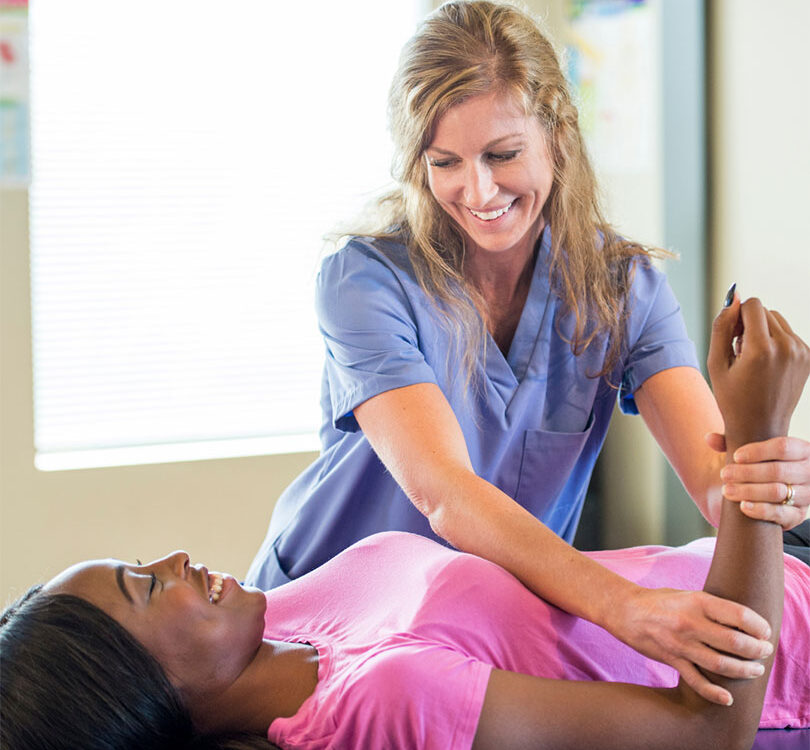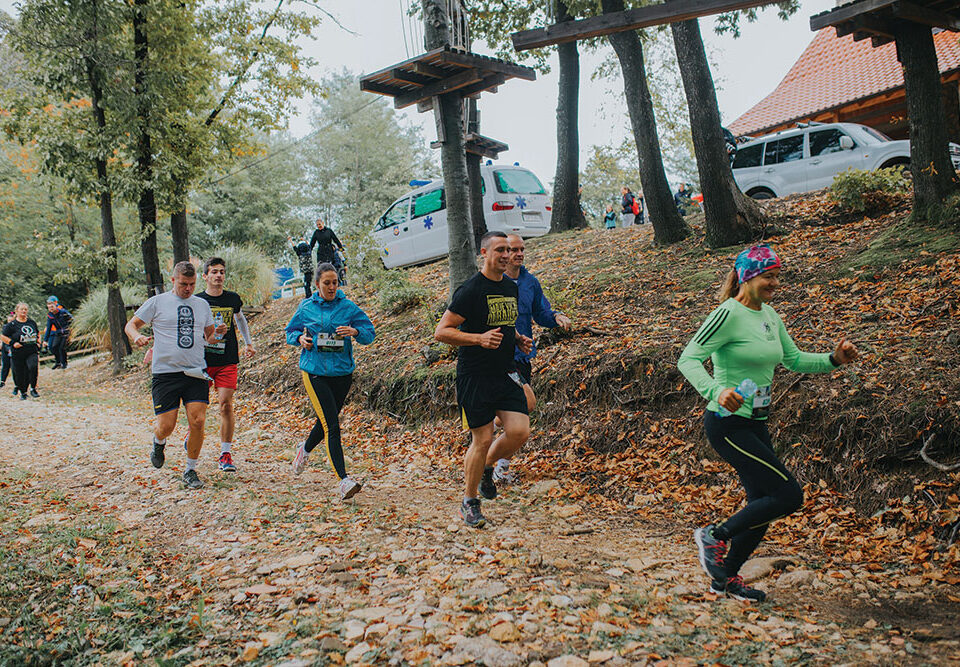Exercise is medicine with Parkinson’s disease (PD)

Why I’ll be serving my Mom’s strudel at my new company’s Open House.
February 22, 2016
Weekend Warrior Woes
March 28, 2016My grandfather was diagnosed with Parkinson’s disease in the 1960’s and was lucky to be one of the first patients to try Levadopa to reduce his symptoms. Gold standard management of PD will always include a drug regimen. I’ve been treating PD patients throughout my career and thought I was effective at improving balance, reducing shuffling, and improving posture. Just over a year ago I was trained in an exercise treatment approach, LSVT BIG, designed especially for the PD population. (Follow this link to see before and after treatment videos http://www.lsvtglobal.com/news/video.) The program was derived from a treatment designed to improve vocal loudness in PD, Lee Silverman Voice Treatment (LSVT). The BIG exercises are amplitude oriented requiring clients to reach and stretch beyond what their brain perceives as normal movement during intensive exercises. The protocol requires 4 one hour sessions per week for 4 weeks plus a home program. The impact on our patients has been nothing less than remarkable. We have witnessed significant changes in balance scores, walking speed and functioning with daily tasks. Clients often share comments from their friends and family “What’s changed, you’re not shuffling?” or “Are you on a new medication?”
It’s not a substitute for medicine but complements treatment and reduces the physical changes we often see with PD while empowering the patient to contribute to their well-being. It isn’t for everyone. Patients must commit to daily exercise for life, just like taking medicine. Those in the advanced stages of the disease and those not motivated to exercise won’t do as well. We see the best results if a spouse or friend assists with compliance and if the program is initiated soon after being diagnosed.
A recent article appearing in JAMA Neurology reported no benefit from Physical and Occupational therapy for mild to moderate PD patients. You can imagine my disbelief and fear that a headline from the article might prevent PD clients from seeking treatment, especially since I have seen such noticeable changes with our new treatment approach. It was a randomized controlled study from the United Kingdom which looked at patients receiving PT or OT and those that did not. The treatment group was only seen for 4 fifty eight minute sessions over an 8 week period. This was the “median” number of visits, meaning half received less than 4 sessions! Apparently, this dosage is typical in the UK, but is considered very low in volume and intensity for the US. Any generalization that PT doesn’t work for PD from this study would be a stretch.
If you know someone diagnosed with PD please encourage them to find a physical therapist trained in LSVT BIG, it may improve their life.
– Dina Kramer
Kramer Physical Therapy
Knoxville, Tennessee




